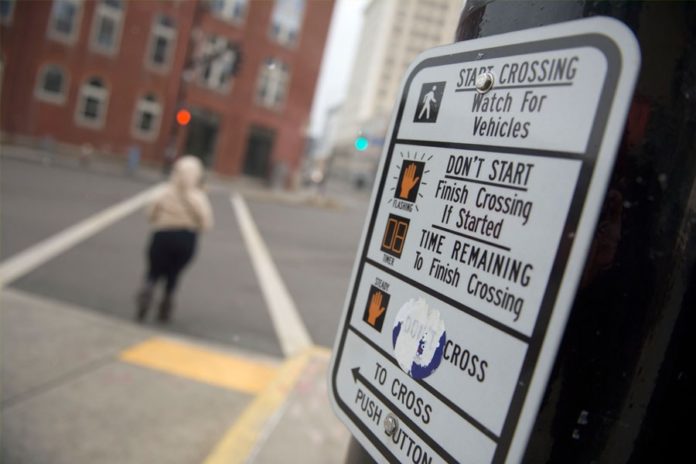Traffic signals are mainly intended to reduce delays for high volumes of traffic. They come in different varieties. Now, scientists at the Carnegie Mellon University are bringing one more new type of it. They have developed smart traffic signals that could help pedestrians with visual or other disabilities safely cross streets, or even catch a bus.
Their project, a part of two-year work, a system- transmits information from a user’s smartphone directly to the smart traffic signals. The signals could modify their planning to oblige users who require additional opportunity to cross.
Professor Stephen Smith said, “The smartphone can learn how fast the pedestrian moves, or if the user might have difficulty at certain intersections. The intersection could extend the green in real time to give her the extra time she needs. And it might monitor the phone’s location so that it notices if she starts moving outside of the crosswalk.”
Smith previously led the development of the Surtrac system of smart signals. The signals use AI algorithms to monitor traffic and thus they can alter their timing to maximize the number of cars that can pass through an intersection. It keeps the cars from idling needlessly at a stop light when no cross traffic is present.
When testing them on Pittsburgh, scientists found that these traffic signals can reduce travel time by 25 percent. They also found them reduce braking by 30% and idling by more than 40%.
Smith noted, “The first year of the project will concentrate on developing a basic system for increasing the safety of street crossings. During the 2nd year, we will explore what might be possible if pedestrians share their routes and destinations with the smart signals.”
“With vehicles, we’ve shown that if drivers are able to tell us their routes, we can move them through faster. We propose we can do the same with the pedestrians by coordinating pedestrian and vehicle flows.”
“Once developed, the system also should work for people with other sorts of disabilities. This capability eventually might be of use to all users, disabled or otherwise, such as in suburban areas, where pedestrians might be infrequent and signals aren’t timed to accommodate them,” he added.
